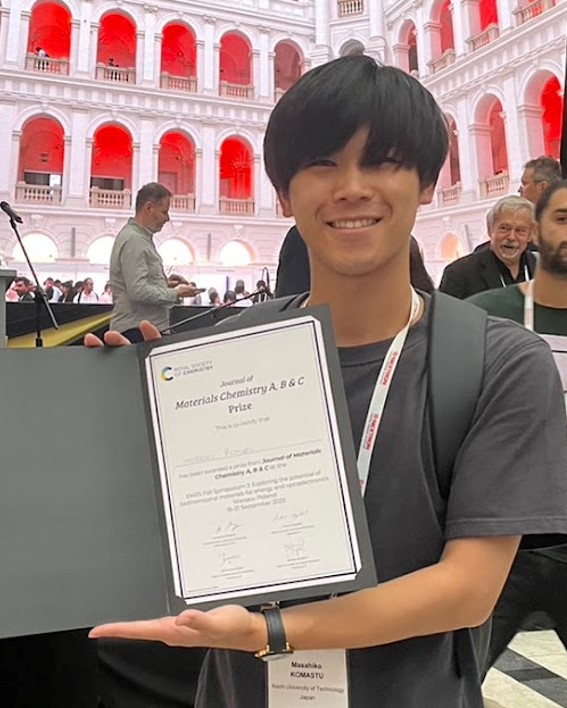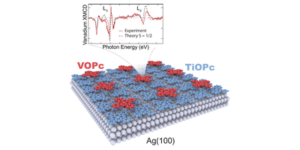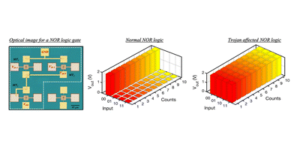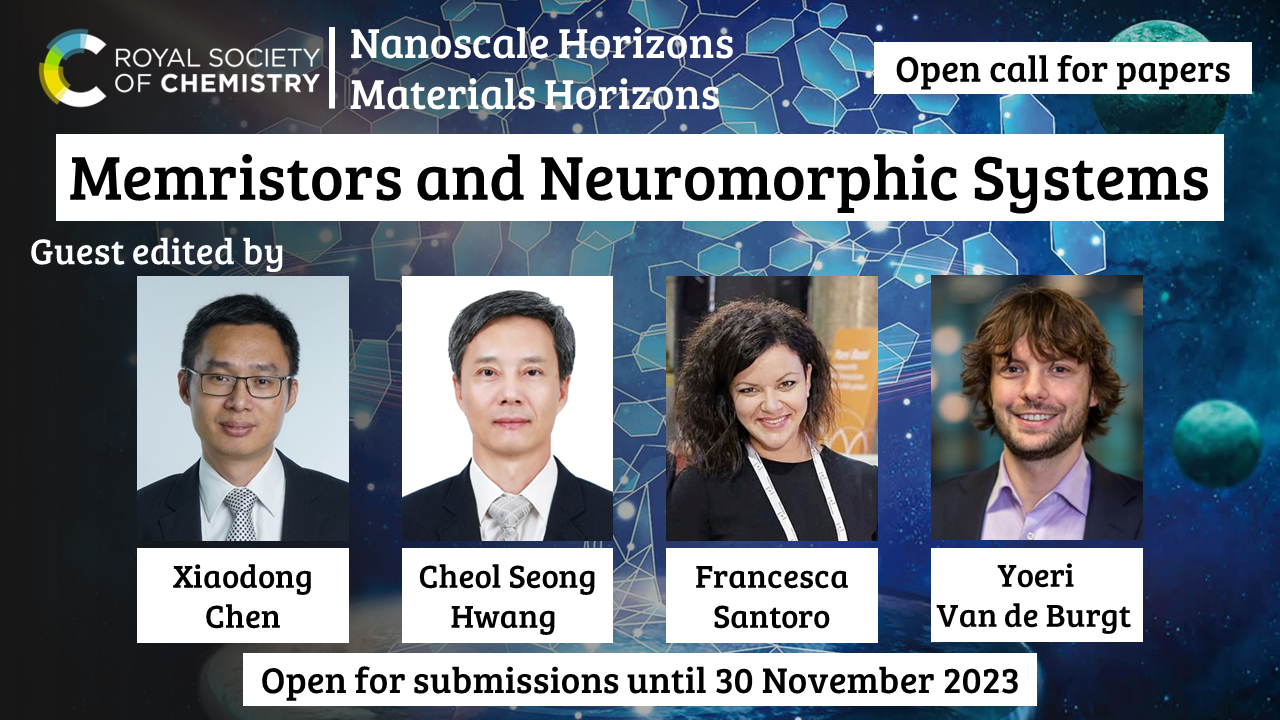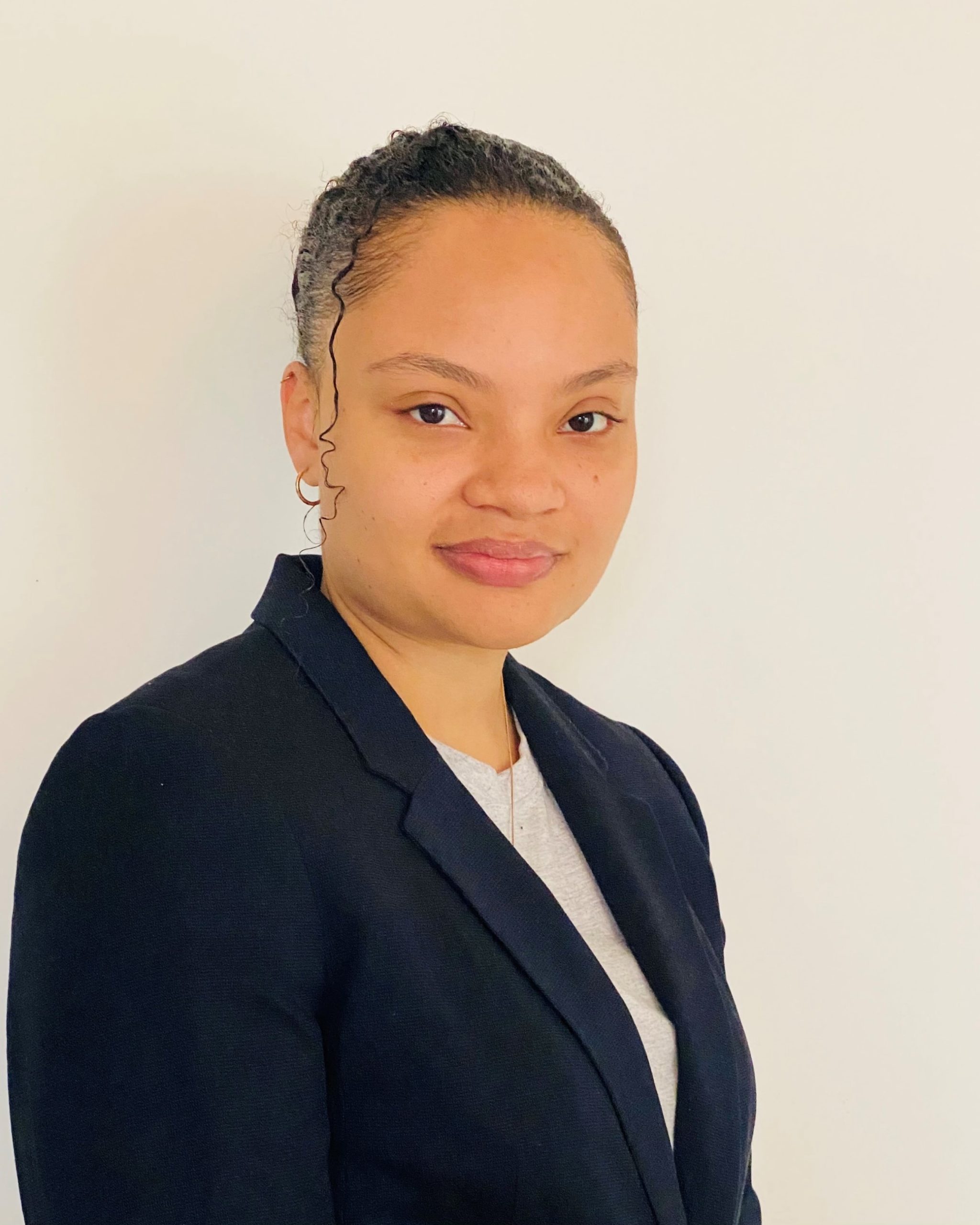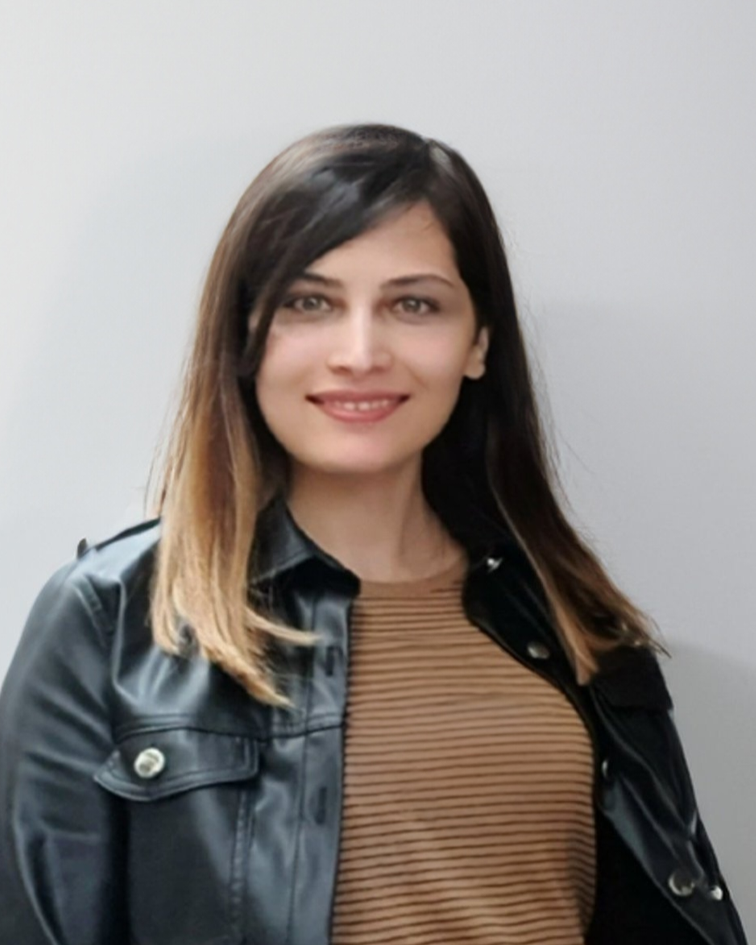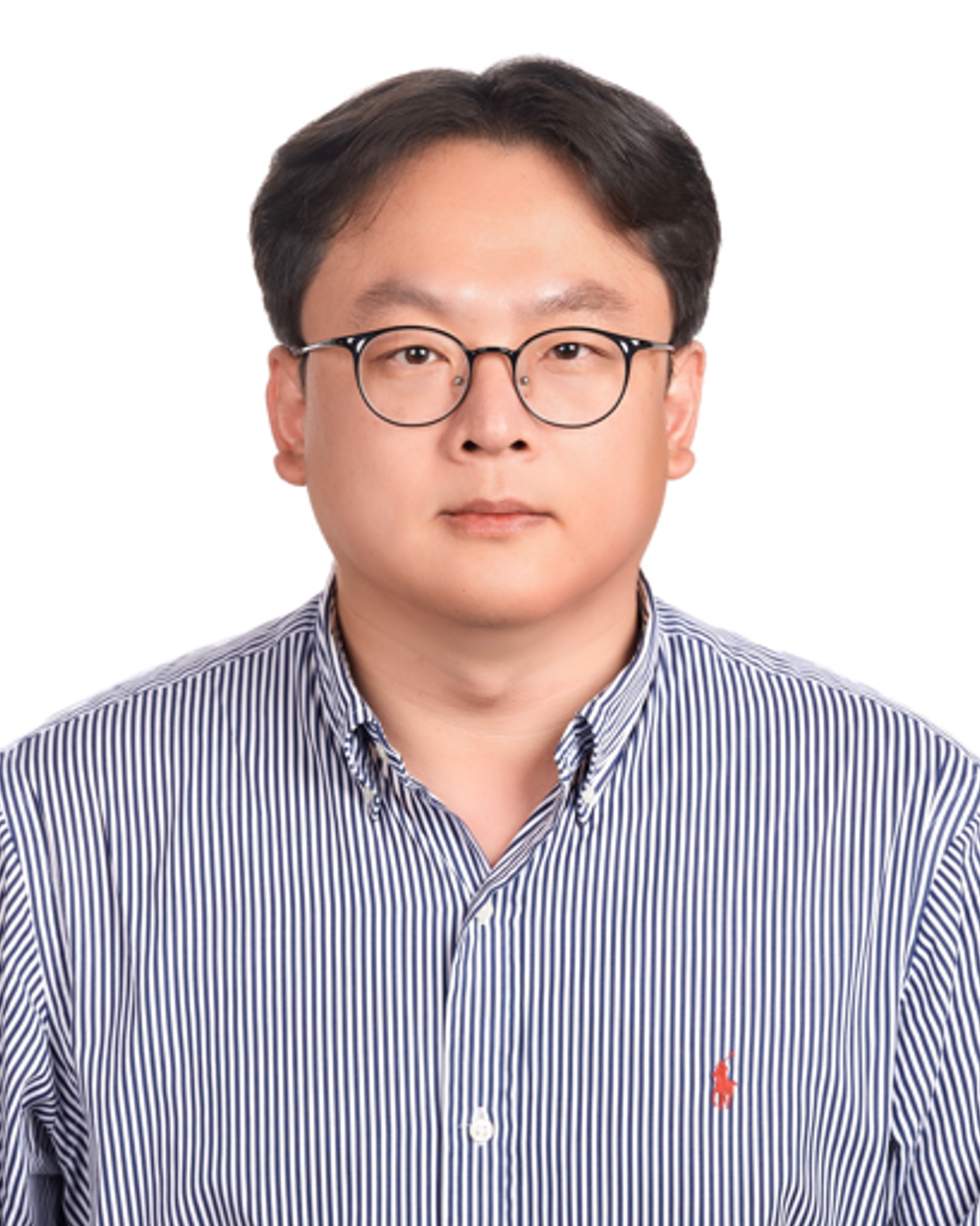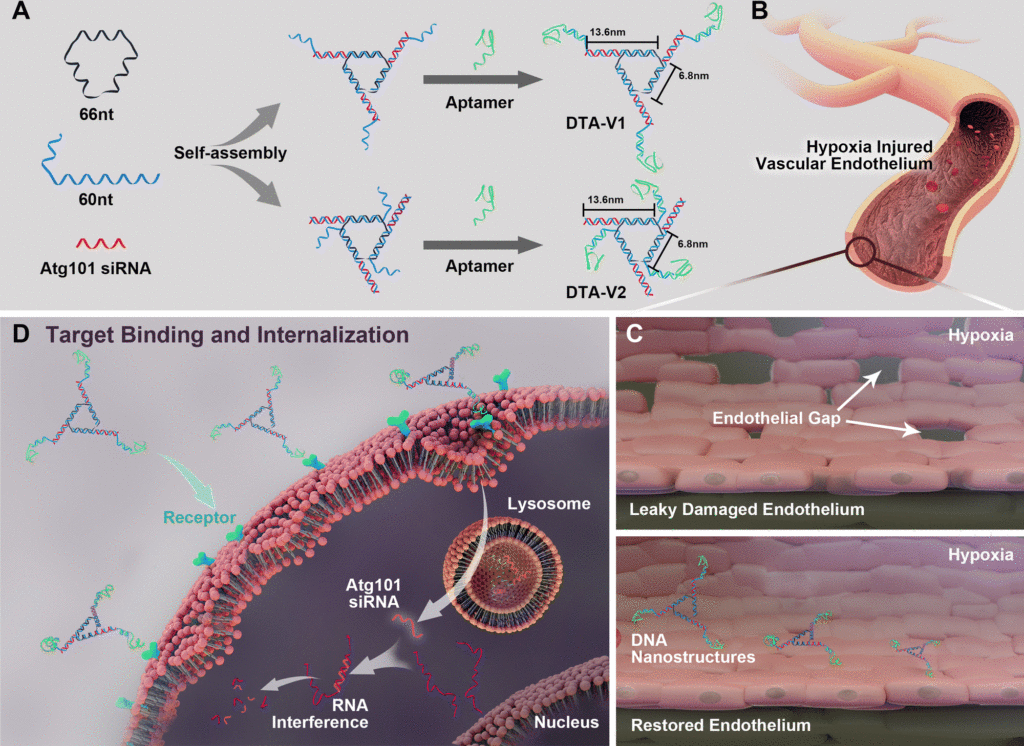By Xiaolu Zhuo, Community Board member.
Surface-enhanced Raman scattering (SERS) is known to be driven by two mechanisms: electromagnetic enhancement (e.g., plasmon excitation) and chemical enhancement (e.g., charge transfer). Although numerous SERS substrates have been reported and commercialized, distinguishing between these two mechanisms and controlling their contributions in real time remains a significant challenge. The challenge arises from the difficulty of accurately estimating the contribution of charge transfer and the limited ability to adjust SERS enhancement once the substrate has been prepared.
Now, a team of Chinese researchers have developed pyroelectric-responsive SERS substrates by combining a pyroelectric material, Pb(Mg,Nb)O3-PbTiO3 (PMN-PT), with plasmonic silver nanoparticles (Ag NPs). Their strategy takes advantage of the pyroelectric effect, which converts temperature fluctuations into electricity, thus modifying the charge on the surface of the SERS substrates (Fig. 1). Heating the substrates (dT/dt > 0) generates a downward electric field on the substrate surface, whereas cooling them (dT/dt < 0) generates an upward electric field. In both cases, the SERS signals can be significantly amplified due to the piezoelectric-induced charge transfer between the LUMO level of the analyte molecule and the Fermi level of Ag. During the heating and cooling processes, the intensity of SERS signals undergoes temporal changes, which can be modulated by adjusting the heating and cooling rate. Such chemical enhancement can further amplify SERS signals by over 100 times, compared to recordings obtained under steady temperature conditions based solely on plasmon excitation.

Fig. 1 Schematic depiction of the SERS substrate based on PMN-PT and Ag NPs, illustrating the signal enhancement during heating (dT/dt > 0), steady temperature (dT/dt = 0), and cooling (dT/dt < 0). Reproduced from DOI: 10.1039/D3NH00053B with permission from the Royal Society of Chemistry.
The researchers conducted systematic experimental characterizations and theoretical calculations to understand the SERS performance of these substrates in a variable temperature environment. Different analytes were used to demonstrate the universal applicability of this method. Density functional theory calculations were performed for the Ag NP-molecular system to reveal the redistribution of charge density in response to an upward or downward electric field. In order to verify the role of chemical enhancement, the researchers used a thin layer of aluminium oxide (Al2O3) as a barrier layer to prevent charge transfer between the Ag NPs and the analytes (Fig. 2). Overall, although the electromagnetic enhancement was not optimized in this strategy, the researchers provided an in-depth understanding of the SERS mechanism and the role of charge transfer in chemical enhancement.
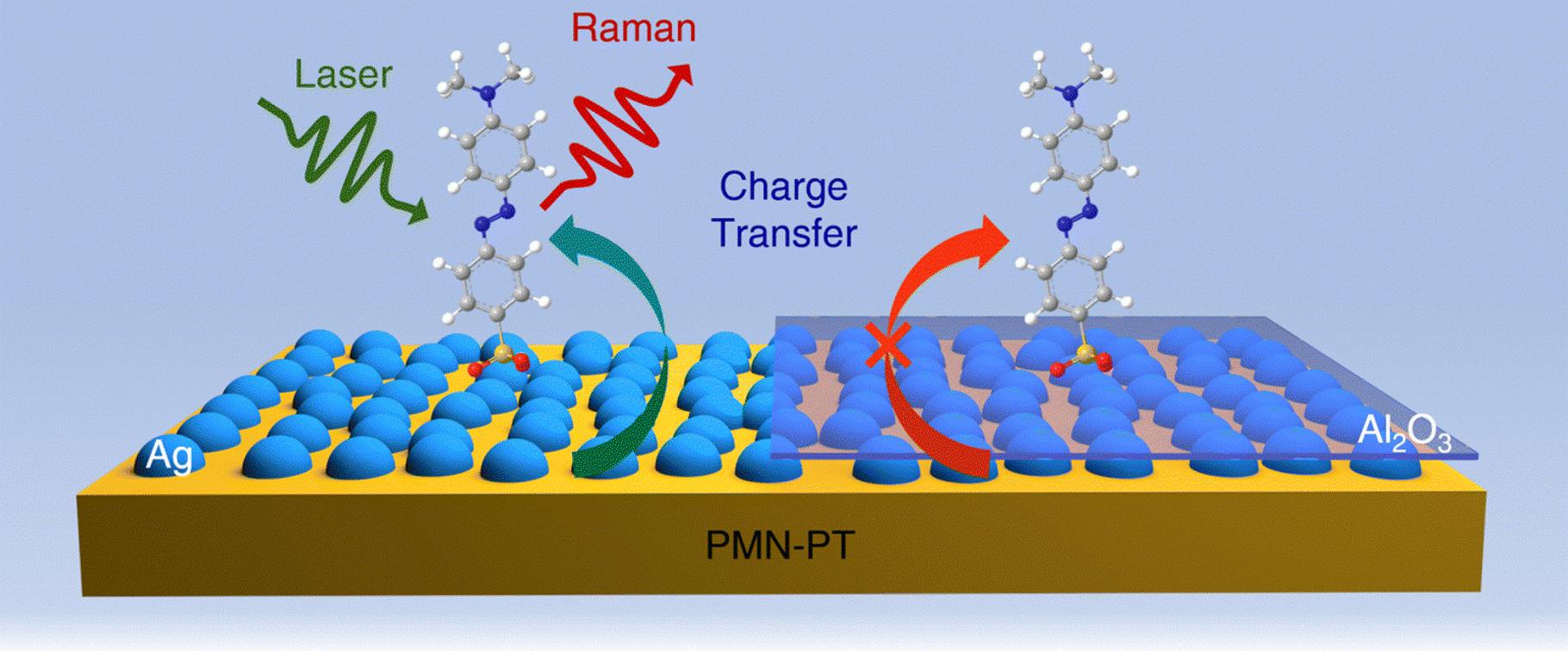
Fig. 2 Schematic illustration of the SERS experiment setup for understanding the SERS enhancement mechanism of PMN-PT/Ag NPs by depositing a 5-nm Al2O3 layer to block the charge transfer between the Ag NPs and the analyte molecules. Reproduced from DOI: 10.1039/D3NH00053B with permission from the Royal Society of Chemistry.
Furthermore, the researchers successfully demonstrated a nanocavity structure with PMN-PT/Ag/Al2O3/Ag nanocubes (Ag NCs) (Fig. 3), which can be heated by simulated sunlight irradiation and achieve SERS enhancement, obviating the need for a temperature control platform. This development could have practical benefits for real-world applications.
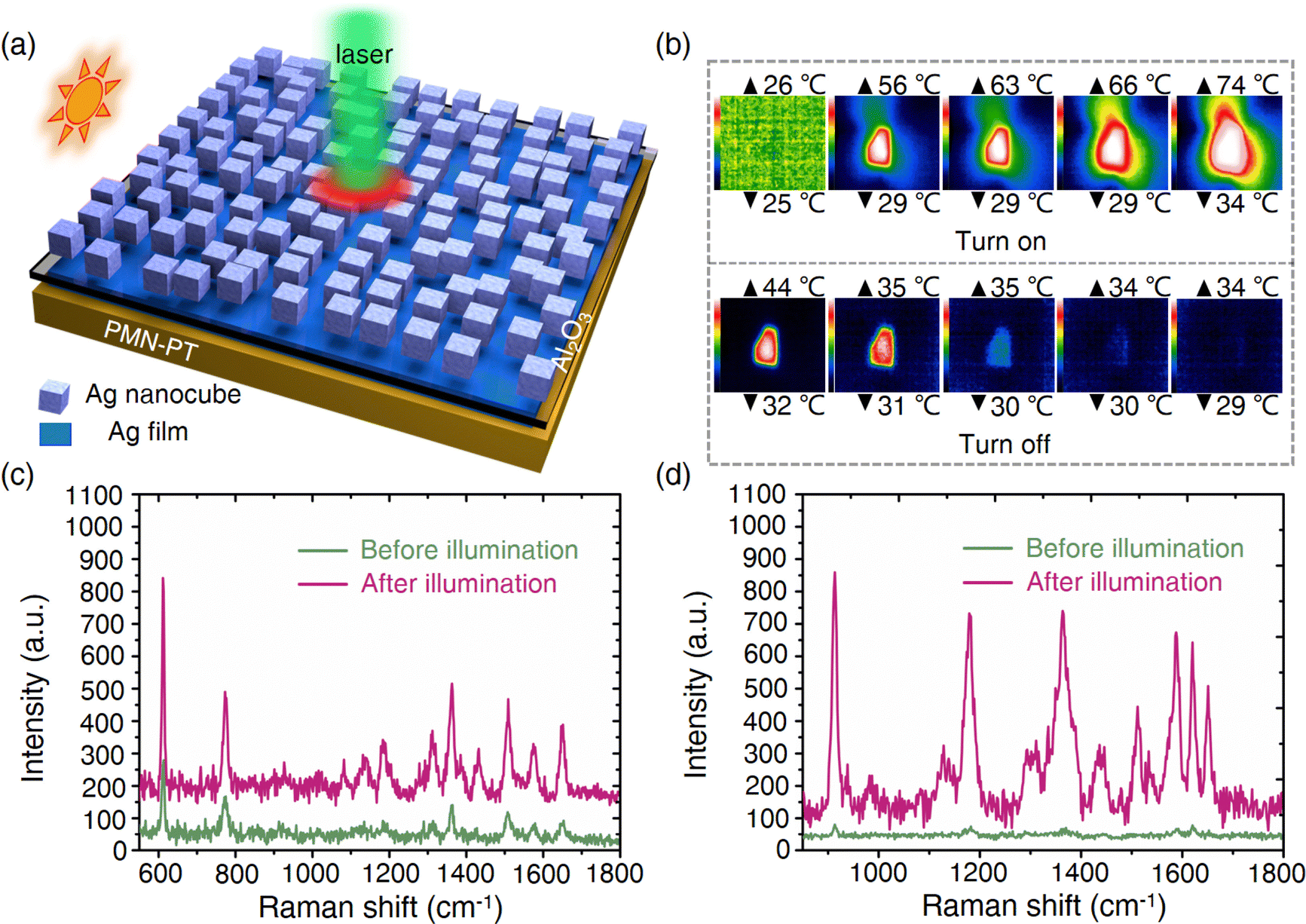
Fig. 3 (a) The SERS measurement schematic diagram of PMN-PT/Ag/Al2O3/Ag NC substrate under simulated sunlight irradiation. (b) The temperature distribution images of PMN-PT/Ag/Al2O3/Ag NC after the simulated sunlight turned on and off. The SERS spectra of R6G (10–7 M) (c) and CV (10–7 M) (d) before and after simulated sunlight irradiation. Reproduced from DOI: 10.1039/D3NH00053B with permission from the Royal Society of Chemistry.
In summary, the novel combination of PMN-PT and Ag NPs allows for a straightforward observation of chemical SERS enhancement and its active tuning, both of which are traditionally challenging in this field. These findings will facilitate a deeper understanding of the SERS mechanism and the development of other SERS substrates to improve the detection sensitivity.
To find out more, please read:
Giant enhancement of the initial SERS activity for plasmonic nanostructures via pyroelectric PMN-PT
Mingrui Shao, Di Liu, Jinxuan Lu, Xiaofei Zhao, Jing Yu, Chao Zhang, Baoyuan Man, Hui Pan and Zhen Li
Nanoscale Horiz., 2023, 8, 948–957
About the blogger
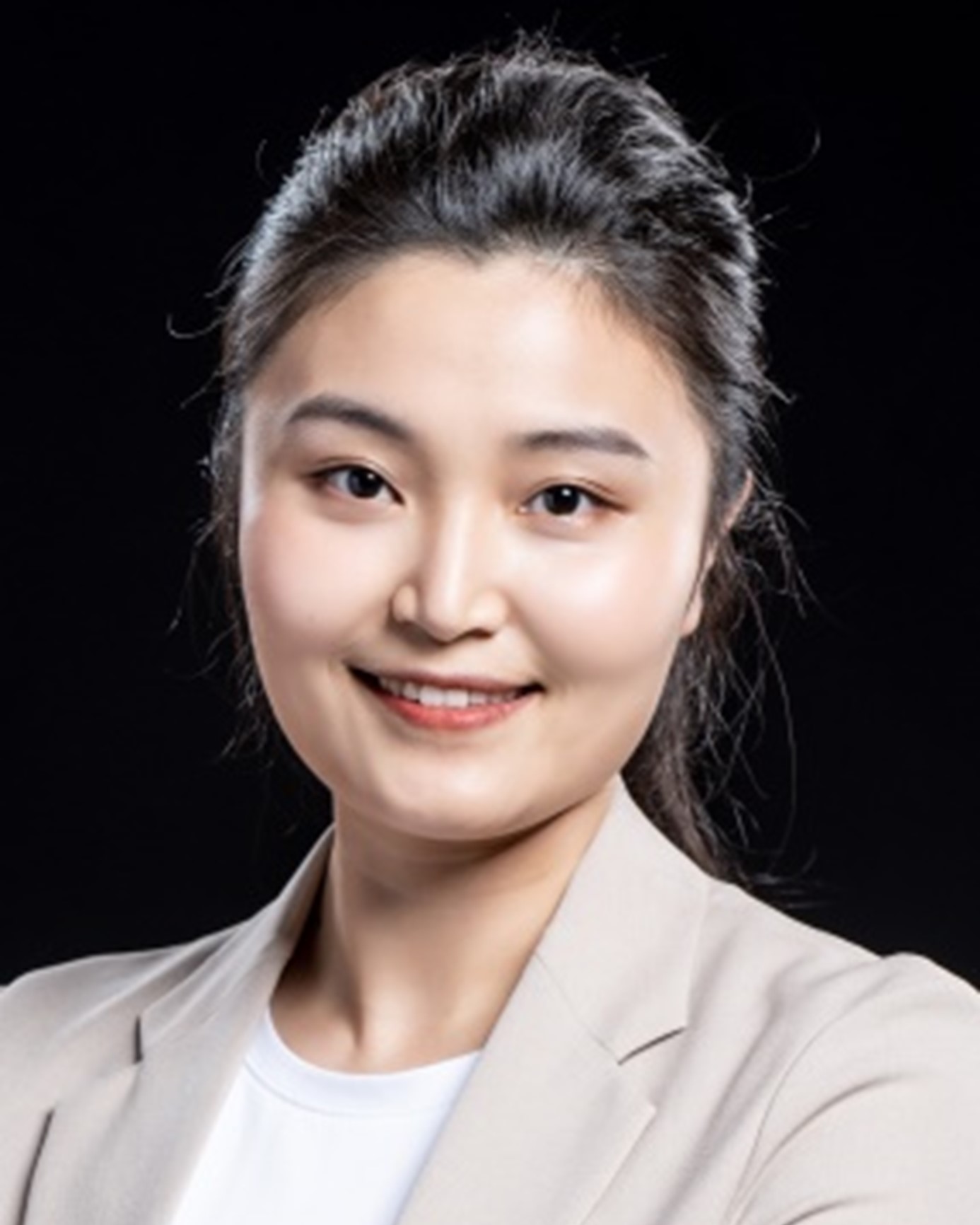
Xiaolu Zhuo is an Assistant Professor at The Chinese University of Hong Kong, Shenzhen, and a member of the Nanoscale Horizons Community Board. Dr Zhuo’s research lab focuses on the synthesis of plasmonic and dielectric nanoparticles, their optical behaviors, and their applications. |
Comments Off on Enhancing SERS activity with a pyroelectric-induced charge transfer effect

